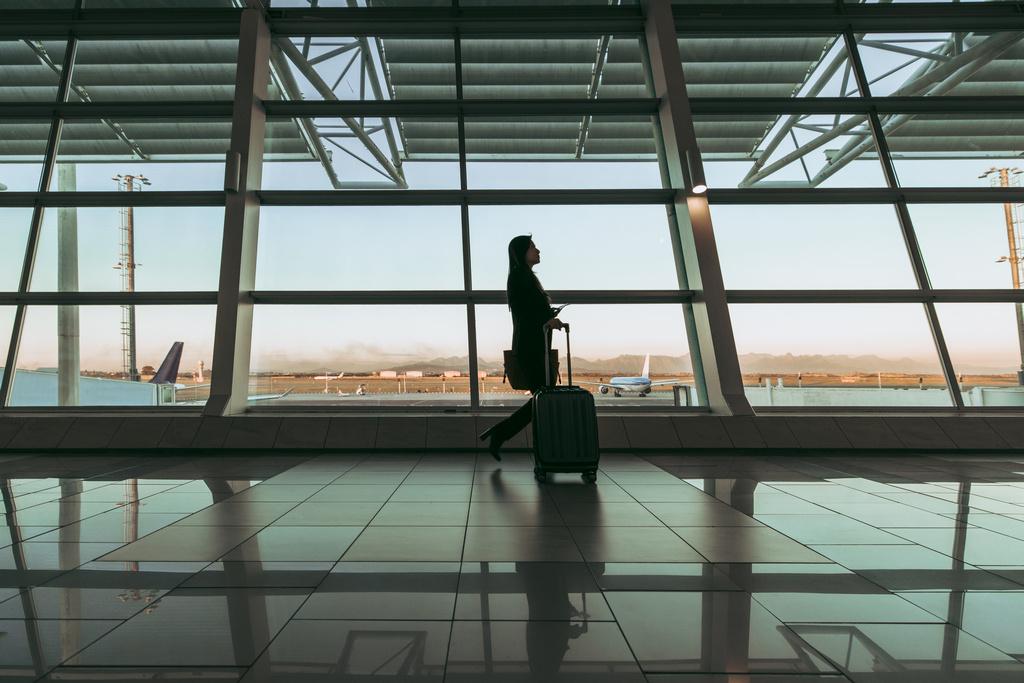
Business travelers and corporate travel managers are coming to terms with new factors that are enabling work trips to make a comeback, but which are also making journeys more complicated.
Many countries have lifted border closures or quarantine mandates related to the pandemic but are still requiring proof of vaccination and/or virus tests either before departure or on arrival—and in some cases, both. Additionally, corporations that are returning work travel to their schedules are increasingly doing so with sustainability in mind. There is much greater awareness of the carbon impact of work travel, not just because of the flight but also the destination.
Early indications point to 2022 being the long-awaited year when business and international travel returns and that it is coming back fairly swiftly.
“We’re seeing significant returns to international travel,” travel and expense management company SAP Concur senior director, supplier management, Paul Dear, told ATW.
Virtual meetings and conferencing remain common, “but there are definitely more in-person meetings coming along,” he said.
Among changing trends with post-pandemic business travel, Dear said that foreign trips were more likely to involve staff flying to see clients for face-to-face meetings. Internal company travel, to visit colleagues in an overseas office or factory, will be less common than occurred before 2020, although it will remain important to some companies that want employees to retain some physical connections.
Small- and medium-sized companies, being less bound by rules than large corporations, are leading the return to the departure lounges, Dear said.
Those rules include a new emphasis on staff well-being, “which has to be at the forefront” of considerations by travel managers. Reports on aircraft cleanliness and inflight hygiene are likely to be scrutinized and will become significant factors in travel managers deciding which airlines to recommend.
Those in charge of corporate travel will also have to consider the sustainability policies of airlines, Dear noted.
“Travel managers now probably have even more complicated jobs, not only negotiating airline and hotel rates, but also traveler well-being and carbon budgets—offsetting carbon costs if necessary,” he said.
With carbon budgets now increasingly being set at the departmental level, travel managers are turning to technology to understand the size of their carbon footprints. Accurate data will be essential to calculate that footprint and to allow organizations to adhere to new sustainability policies, he said.
Those organizations will increasingly seek to be aligned with airlines that demonstrably practice sustainability. That will include scrutinizing the marketplace to see which carriers are testing and putting into service sustainable aviation fuels (SAF) and looking at which airlines have the most modern—and most fuel-efficient—fleets.
“There’s a lot of discussion about fleet age. I think sustainability is embedded now in all our lives, not just business travelers. If a travel manager recommends an airline today, sustainability will be a factor,” Dear said.
For now, these are being prioritized over airline loyalty schemes in determining which carrier to fly but, he added, “I suspect that as we come out of the pandemic, loyalty schemes will become more important again.”
Sustainability is also changing the travel mode options available, at least in Europe.
“In Europe, a number of global companies are looking at rail first as a travel policy. For example, there’s a travel event in Berlin at the end of February. I’m seeing UK-based employees of major UK companies taking the train rather than flying,” Dear said.
He noted that he was planning to take the train from his London base to an appointment in Switzerland using the cross-Channel Eurostar to Paris and connecting to a French high-speed train system for the remainder of the journey.
“Going to Basel [via train] is quite achievable; depending on connections, you’re looking at four to five hours,” Dear said.
Journey times would be roughly similar to a flight, given that the trip would be between city centers, cutting out travel to and from airports, as well as saving the one or two hours waiting at an airport for departure. It is also easier to work on a train, he added.
For business travelers who still elect to fly, SAP Concur has seen some changes in behavior. One was an increase in opting for direct flights, rather than connecting via hubs; another was the elongation of trips.
“People are flying less but staying longer,” Dear said. The preference seems to be for getting more out of a single trip, perhaps combining several client appointments with a conference visit, to optimize the value of the trip and the carbon impact.



